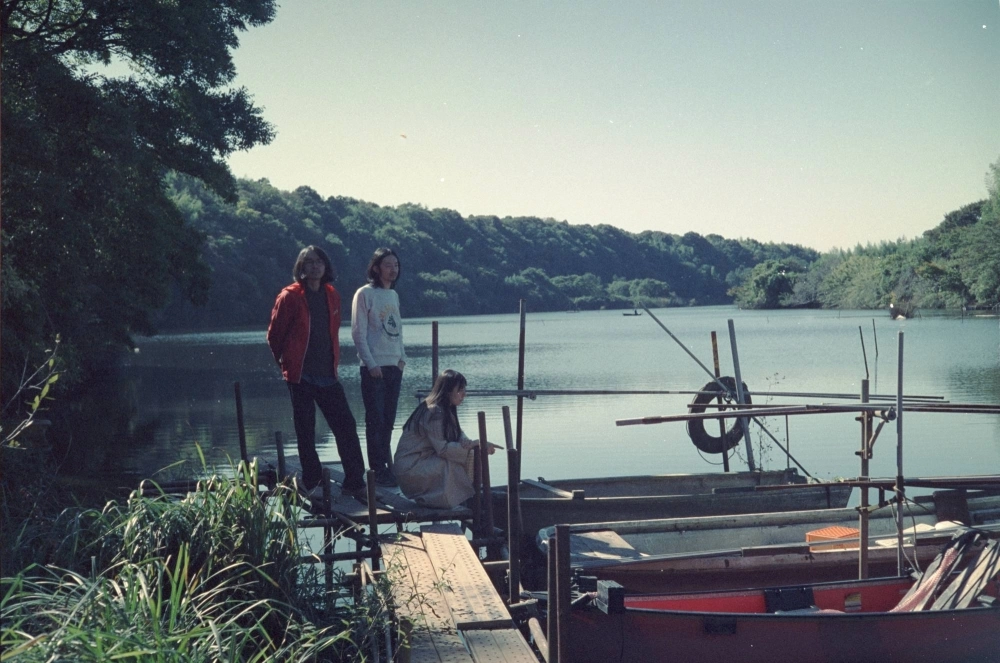Taiyo Someya truly understood how big his band Lamp had gotten when he found himself worn out by direct messages. The musician says he has tried to respond to every digital fan letter sent his way since the group started in 2000, whether on the social media platform du jour or the project’s own aughts-appropriate bulletin board system (BBS), which is still active today.
“I love replying to messages and answering questions, but at some point I got a little tired trying to respond,” Someya says to The Japan Times over video chat with a laugh. He emphasizes that he appreciates the enthusiasm and support but has gotten overwhelmed.
“I’ll sometimes check YouTube comments,” says bandmate Kaori Sakakibara. “(The fans) will use translation apps and it becomes really cute Japanese. That makes me smile.”


















With your current subscription plan you can comment on stories. However, before writing your first comment, please create a display name in the Profile section of your subscriber account page.